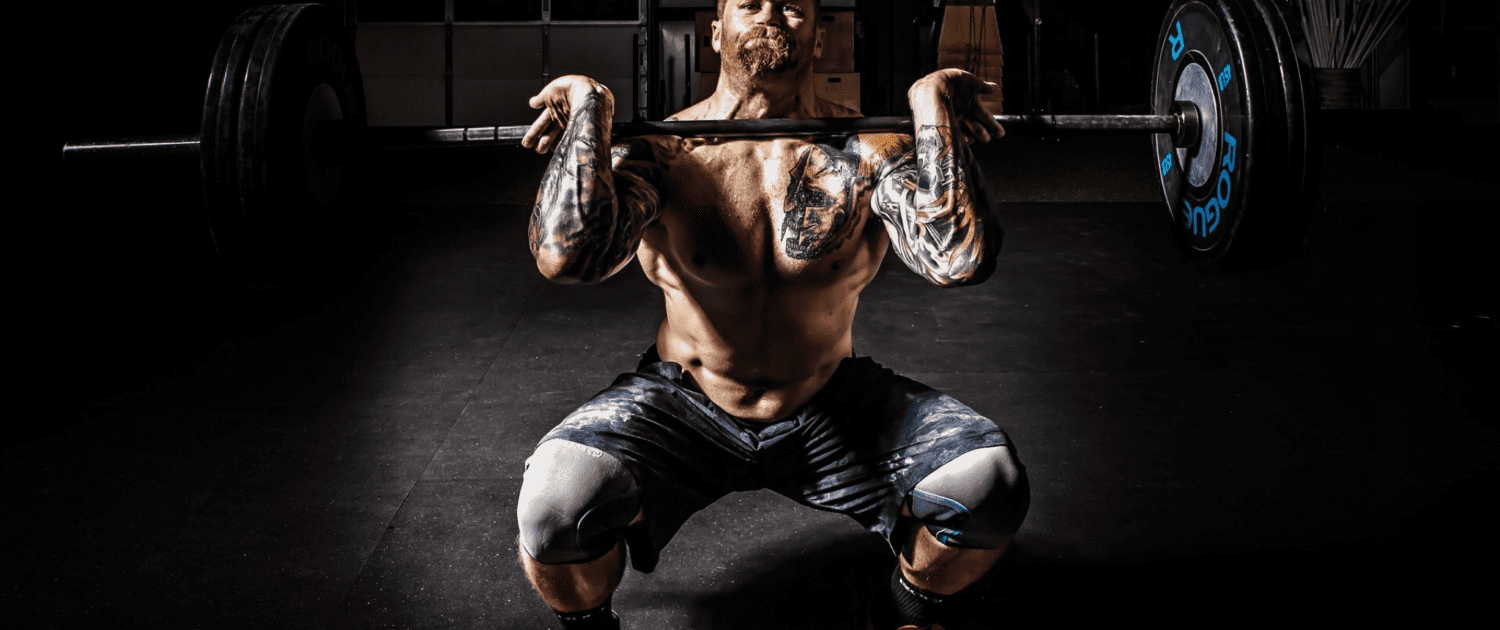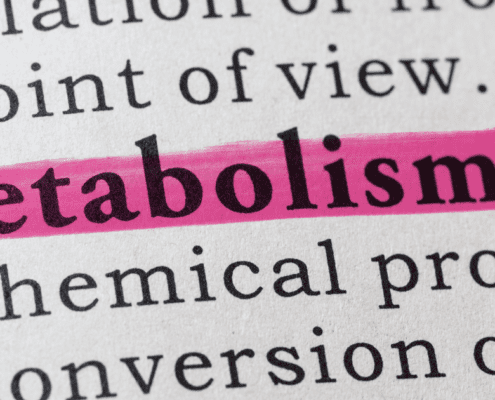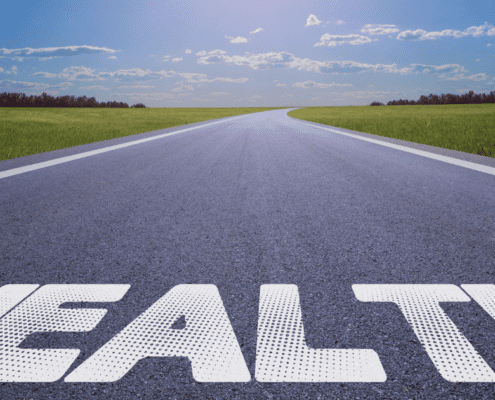Should You Feel Sore After Each Workout?
Post last Updated: Aug 12, 2021
What You Need To Know:
In short, no, you don’t need to be sore after each workout in order to ensure that you’re “crushing it” in the gym; muscle soreness is not a reliable, or good, indicator.
What to know more specifics about Muscle Soreness, also known as DOMS (Delayed Onset Muscle Soreness), then read on.
How many of you use muscle soreness following a workout as the metric for how good a workout was? Said differently, if you aren’t sore the next day do you ever think: “I must have not pushed myself enough, or I maybe I wasn’t using the right weights.” In the following post I’ll help educate you about what muscle soreness really indicates.
I’m going to refer to muscle soreness by its fancy name scientific name: DOMS, which stands for Delayed Onset Muscle Soreness. DOMS is exactly what the acronym suggests, delayed onset muscle soreness – yeah, weird I know. The timing and severity of DOMS can differ, but onset typically happens anywhere from 6-24 hrs following exercise and can persist up to 72 hours; it’s not usually longer than this, if it is you might have pulled a muscle. DOMS is typically most distinct, with the highest “soreness” factor, around the 48 hour mark2.
DOMS can vary for different people, onset can happen anywhere from 6-24 hrs following exercise and can persist for up to 72 hours; it is usually most distinct at the 48 hour mark.
If you have DOMS it’s likely that you pushed yourself outside of your normal intensity range, such as: working out for the first time in a while, doing a longer run than normal, more challenging stair climb, etc. If you are doing a well-structured strength or muscle building program, and you are constantly pushing your limits, then it’s likely that you will be sore the next day or at least have more “DOMS days” than not. However, the important point to note is that you won’t always have DOMS despite pushing yourself – and this is ok. Another way of phrasing this: if you lack DOMS, it doesn’t mean you aren’t pushing yourself hard enough and it shouldn’t be your metric of what was, and wasn’t a good workout.
Here are some interesting points pertaining to DOMS, some of which I didn’t previously know before doing some extra research on DOMS:
- One of the best ways to reduce the severity of DOMS is to progress slowly in a new program.
- Being sore isn’t a bad thing, the muscle soreness and tightness is actually a protective mechanism done by your brain.
- There is little evidence to suggest that a proper warm-up or cool down is effective in preventing DOMS symptoms.
- Eccentric contractions cause DOMS far more readily than concentric contractions2. This is intuitive, as for those that didn’t know: the eccentric strength phase is much stronger than the concentric phase, and there is much more muscle tearing done here. For those of you that don’t know what eccentric and concentric phases are, think of a bicep curl. The eccentric phase is the lowering of the weight from your shoulders to your hips, the concentric is the opposite.
- If you become significantly dehydrated, DOMS will be worse1.
- Something that surprised me: DOMS cannot be effectively treated by massage1.
I hope that helps all of you know that not all is lost when you’re not sore the next day; don’t worry, your “gainz” are safe if you aren’t sore.
Till next time,
-Mike
*This is the original, up to date, article. If this post is familiar it’s because an older version that was featured on another Personal Trainer Blog






